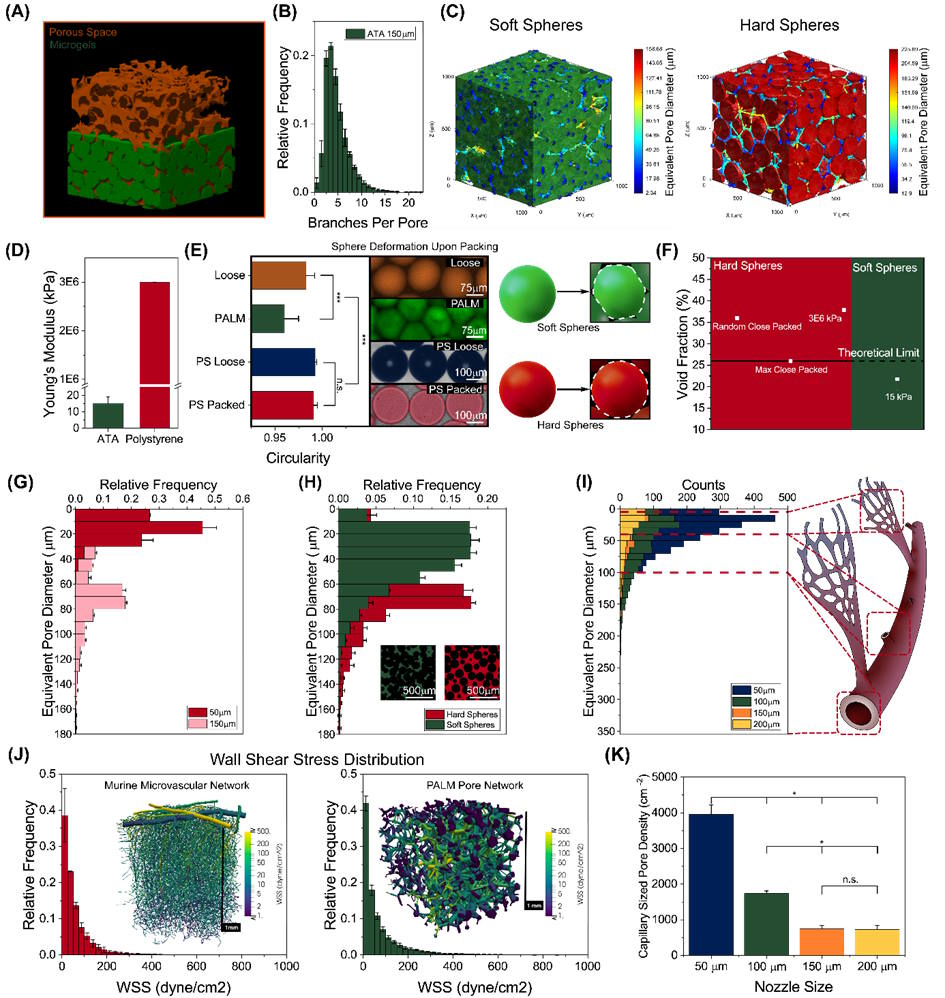Together with colleagues in the Netherlands we have successfully printed cells on a surface to create two-dimensional structures and are working on organoids, miniature organs for drug testing. However, creating full three-dimensional organs for uses like transplants remains a significant challenge. A key obstacle has been developing an effective method for creating blood vessels. Scientists from the University of Oslo and the University of Twente have discovered a new technique to address this. "Competing with nature's thousands of years of evolution is tough, Mimicking these processes in the lab presented a huge challenge due to numerous uncontrollable factors, but seeing them in our nanoCT was an even bigger challenge." say Håvard and Liebert.

The first author, Maik Schot from the University of Twente, spent several months at the University of Oslo's lab, conducting crucial nano-CT analyses for the paper together with Liebert Nogueira. This fruitful collaboration was sparked during a workshop in Madeira, where Håvard J. Haugen from UiO and Jeroen Leijten from the University of Twente first met and envisioned this ambitious project.

The study introduces a novel biofabrication method, Photo-Annealing of Living Microtissues (PALM), which is a scalable strategy to engineer capillary-rich tissues. This technique uses in-air microfluidics to produce cell-laden microgels at an ultra-high throughput, which are then photo-annealed into a single living matter. The annealed microtissues inherently create an open and interconnected pore network, facilitating rapid and homogenous chemical addressing of the entire tissue volume.

Another significant contribution to this research came from Timo Koch and Andreas Carlson from UiO's Department of Mathematics. They performed computational fluid dynamics analyses, adding a critical dimension to understanding how these engineered tissues behave under various physiological conditions.

This groundbreaking work represents a significant advancement in the field of regenerative medicine, engineered organs, and drug screening. The high-density capillary networks engineered through PALM offer the potential for rapid vascularisation and formation of capillaries within their pore space. Importantly, this process is highly scalable, addressing the previously unmet need for creating large, viable engineered tissues.
The successful publication of this research in Advanced Materials, a top journal in the field, underscores the quality and significance of the work. It highlights the power of international collaboration in pushing the frontiers of science and technology. Advanced Materials is one of the world's most prestigious materials science journals. The Department is proud to have been a part of this groundbreaking study and looks forward to continuing its collaboration with the University of Twente, Department of Mathematics, in future research.
Read also more on this collaborative work on the story published by TITAN.uio.no (in Norwegian only).
If you are interested in the science behind it, please read the full publication here.
